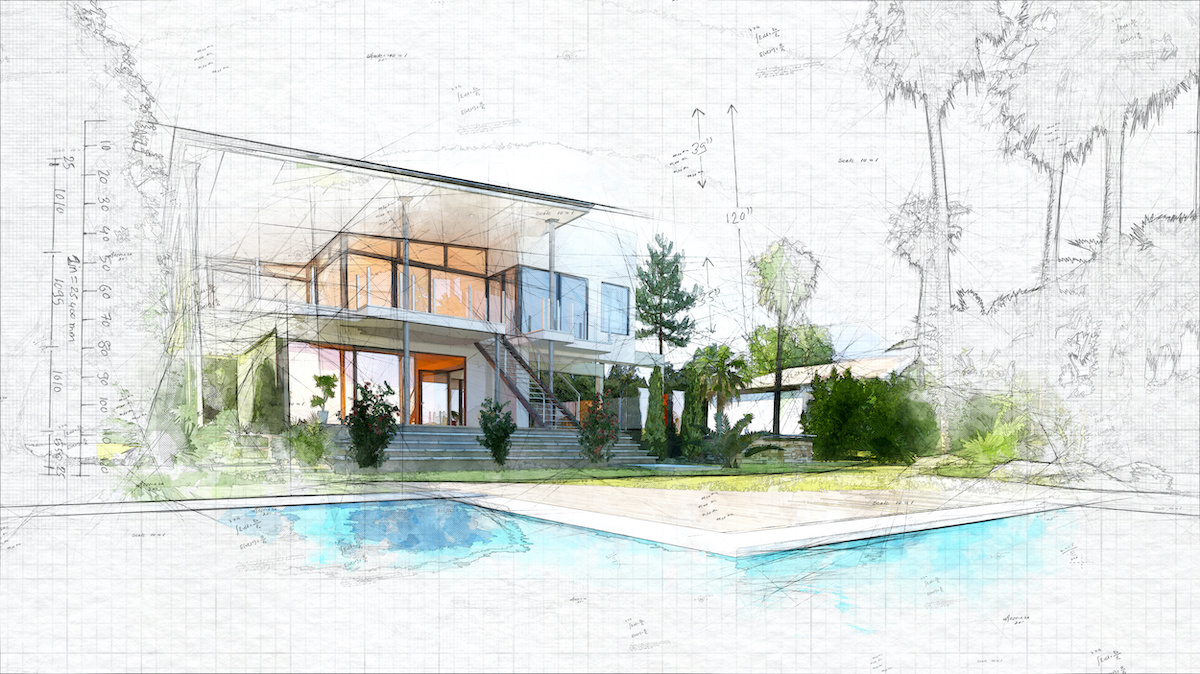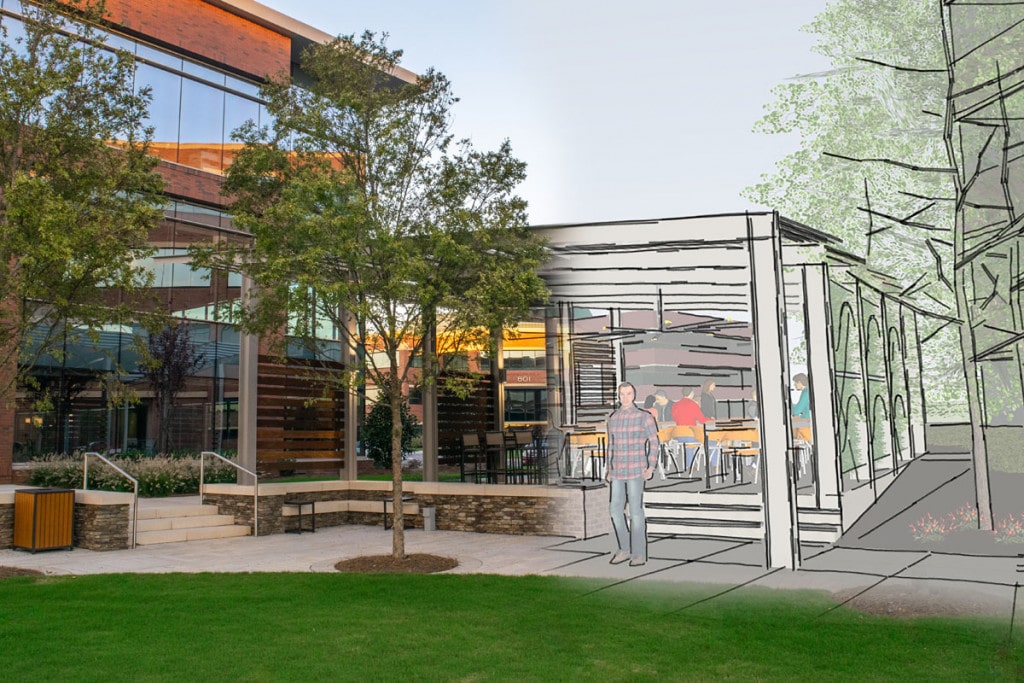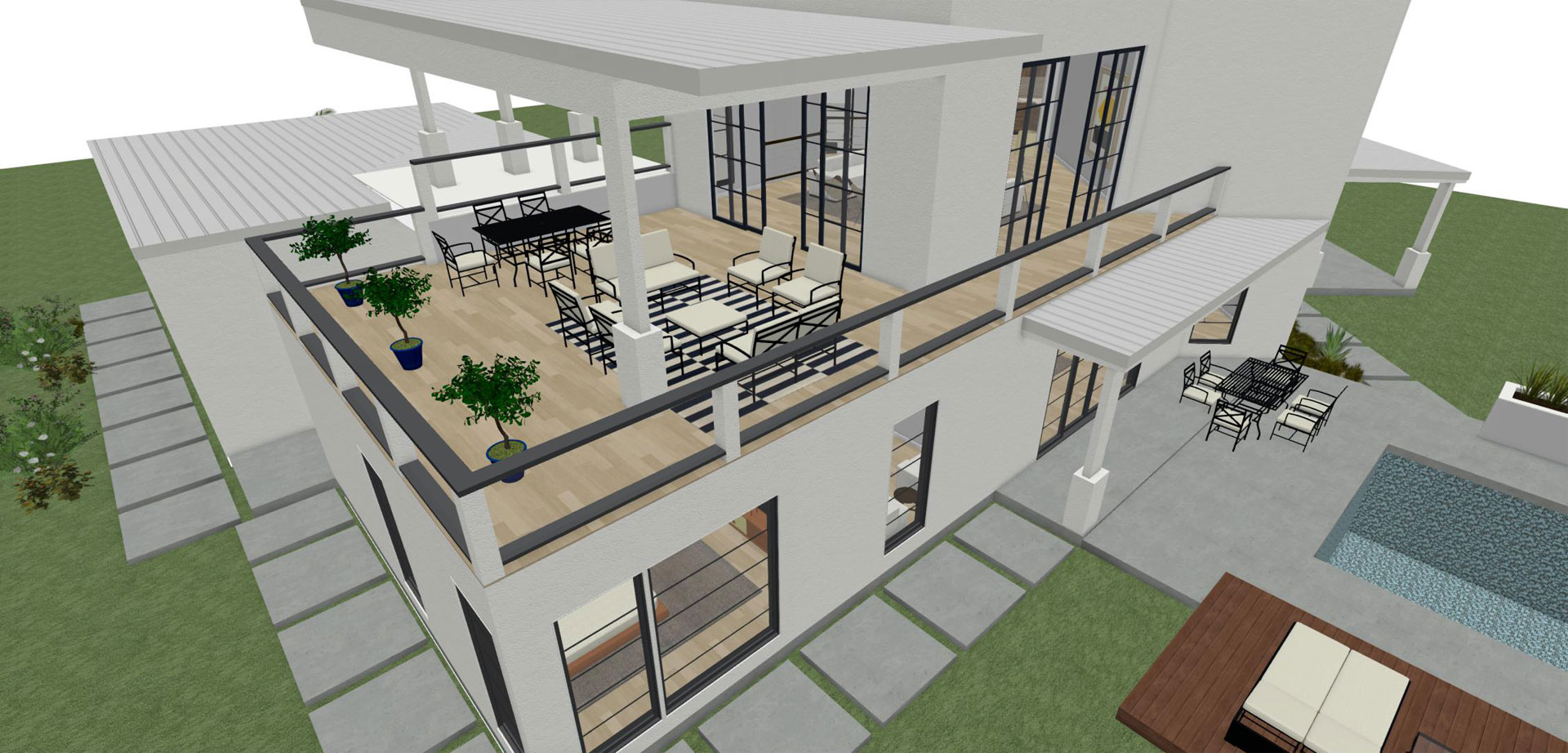How CDA Architects Deliver Cutting-Edge Solutions for Sustainable Style
How CDA Architects Deliver Cutting-Edge Solutions for Sustainable Style
Blog Article
A Detailed Review of Building Designs and Their Influence on Modern City Planning and Growth
Building designs have long offered as a mirror to the societal worths and technological advancements of their time, playing a crucial duty in shaping modern-day city planning and advancement. From the splendour of Neoclassicism to the utilitarian technique of Brutalism, each style has actually presented unique ideas that influence city aesthetic appeals and functionality.
Historical Introduction of Architectural Styles

As cultures transitioned with the Center Ages, Gothic design emerged, characterized by its verticality and complex outlining, mirroring the spiritual desires of the period. The Renaissance marked a rebirth of classic ideals, merging art and architecture in ingenious ways that affected subsequent designs throughout Europe.

Today, architectural styles remain to develop, driven by globalization and sustainability issues, mirroring a dynamic interaction between heritage and development. This historic summary highlights the significance of design as a mirror of social evolution and as a catalyst for urban advancement.
Key Architectural Styles Explained
The diversity of architectural designs mirrors the myriad influences that shape our developed environment, each personifying distinctive characteristics and cultural importances. Key architectural designs include Classic, Gothic, Baroque, Modernism, and Postmodernism, each standing for special historic contexts and aesthetic philosophies.
Timeless architecture, rooted in ancient Greece and Rome, emphasizes symmetry, proportion, and the use of columns (cda architects). In comparison, Gothic architecture, prospering in the center Ages, is defined by pointed arches, ribbed vaults, and flying buttresses, developing a heavenly quality in cathedrals. Baroque design, emerging in the 17th century, is marked by majesty, elaborate decoration, and a vibrant interplay of light and shadow
Modernism, which gained momentum in the early 20th century, focuses on feature over type, using new products like steel and glass to produce minimal frameworks. Postmodernism, responding against the austerity of Innovation, welcomes eclecticism and historic reference, often incorporating playful components and paradox.

Influence On Urban Preparation
Fit the advancement of cities, building designs substantially influence metropolitan planning choices. The option of building style usually determines the aesthetics, capability, and total personality of urban environments. Modernism, with its emphasis on minimalism and capability, encourages open spaces and the assimilation of technology, shaping city layouts that prioritize effectiveness and access. Alternatively, conventional designs might emphasize historical preservation, bring about urban styles that keep social heritage and promote pedestrian-friendly settings.
Furthermore, architectural styles can impact zoning policies and land use policies. Urban planners should think about the prevailing architectural trends when designing districts, ensuring that brand-new growths integrate with existing frameworks. This factor to consider promotes cohesive urban landscapes and enhances community identification.
The execution of details building styles can also affect socioeconomic variables within a city. High-end contemporary layouts might attract wealthy citizens and companies, leading to gentrification, while more affordable real estate services might focus on practical and lasting designs to suit diverse populaces. cda architects. Eventually, the interaction between building styles and city planning develops dynamic cities that reflect both historic context and modern requirements, forming the lived experiences of their occupants
Sustainability and Modern Architecture
Building designs play a critical duty in attending sites to contemporary difficulties, specifically in the realm of sustainability. As city areas broaden and ecological issues escalate, contemporary style increasingly accepts lasting design concepts that focus on energy effectiveness, source conservation, and very little eco-friendly impact.
Contemporary architectural activities, such as biophilic design and eco-friendly style, advocate for structures that integrate with their surroundings, using all-natural products and promoting biodiversity. These styles commonly incorporate sustainable power sources, such as solar panels and wind generators, to decrease dependence on fossil fuels and reduced carbon footprints.
Furthermore, the combination of advanced modern technologies, such as clever structure systems, improves power monitoring, optimizing resource usage while guaranteeing passenger convenience. Innovative water management methods, consisting of rain harvesting and greywater recycling, more add to lasting city environments.
Notably, sustainability extends beyond environmental issues; it incorporates social and financial measurements too. By promoting community wellness and promoting inclusivity, modern architectural styles align with lasting development goals. Subsequently, the advancement of building techniques proceeds to shape resilient cities that not only fulfill the demands of the here and now however also safeguard the future for generations ahead.
Community Involvement in Layout
Neighborhood engagement in layout acts as a crucial bridge in between designers and the populations they offer, making sure that the built setting shows the needs and aspirations of its users. This joint process invites neighborhood members to add their insights and choices, fostering a feeling of ownership and duty toward the spaces they populate.
Effective neighborhood engagement uses different approaches, such as workshops, surveys, and public forums, to collect diverse viewpoints. These methods promote a two-way dialogue, permitting architects to comprehend local contexts while equipping residents to voice their concerns and wishes. This inclusivity not only improves the layout quality yet also promotes social equity by addressing the special challenges faced by marginalized teams.
Furthermore, area engagement can bring about ingenious remedies that might not emerge in a standard design process. By incorporating neighborhood knowledge and cultural worths, engineers can create areas that reverberate even more deeply with users, enhancing functionality and sustainability. Inevitably, prioritizing community involvement in layout procedures results in environments that nurture social interactions, support well-being, and enhance community connections, consequently playing a pivotal role fit modern urban landscapes.
Final Thought
Building styles have greatly affected read this article modern city Continue preparation and advancement, reflecting evolving social and technological contexts. As cities continue to expand and adapt, the recurring discussion between building heritage and modern layout concepts will continue to be vital in creating comprehensive, dynamic spaces that improve quality of life and advertise social equity.
Report this page